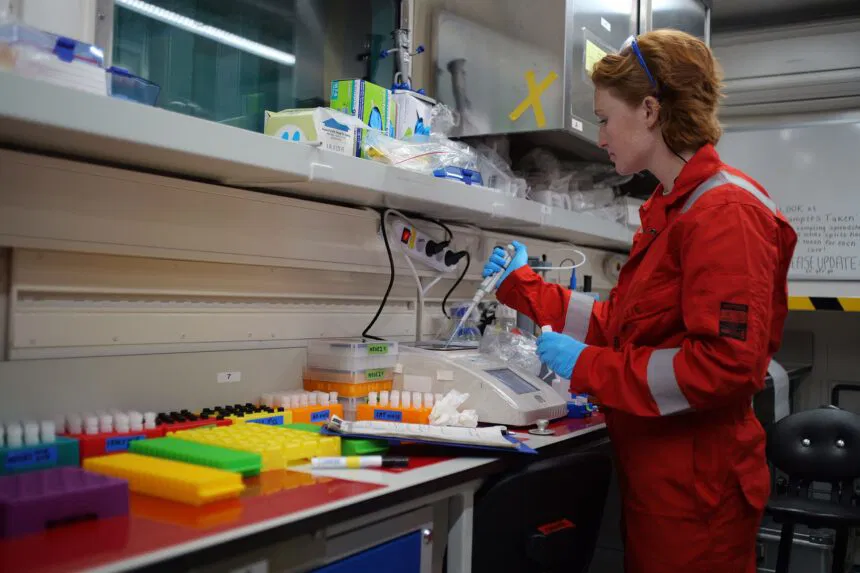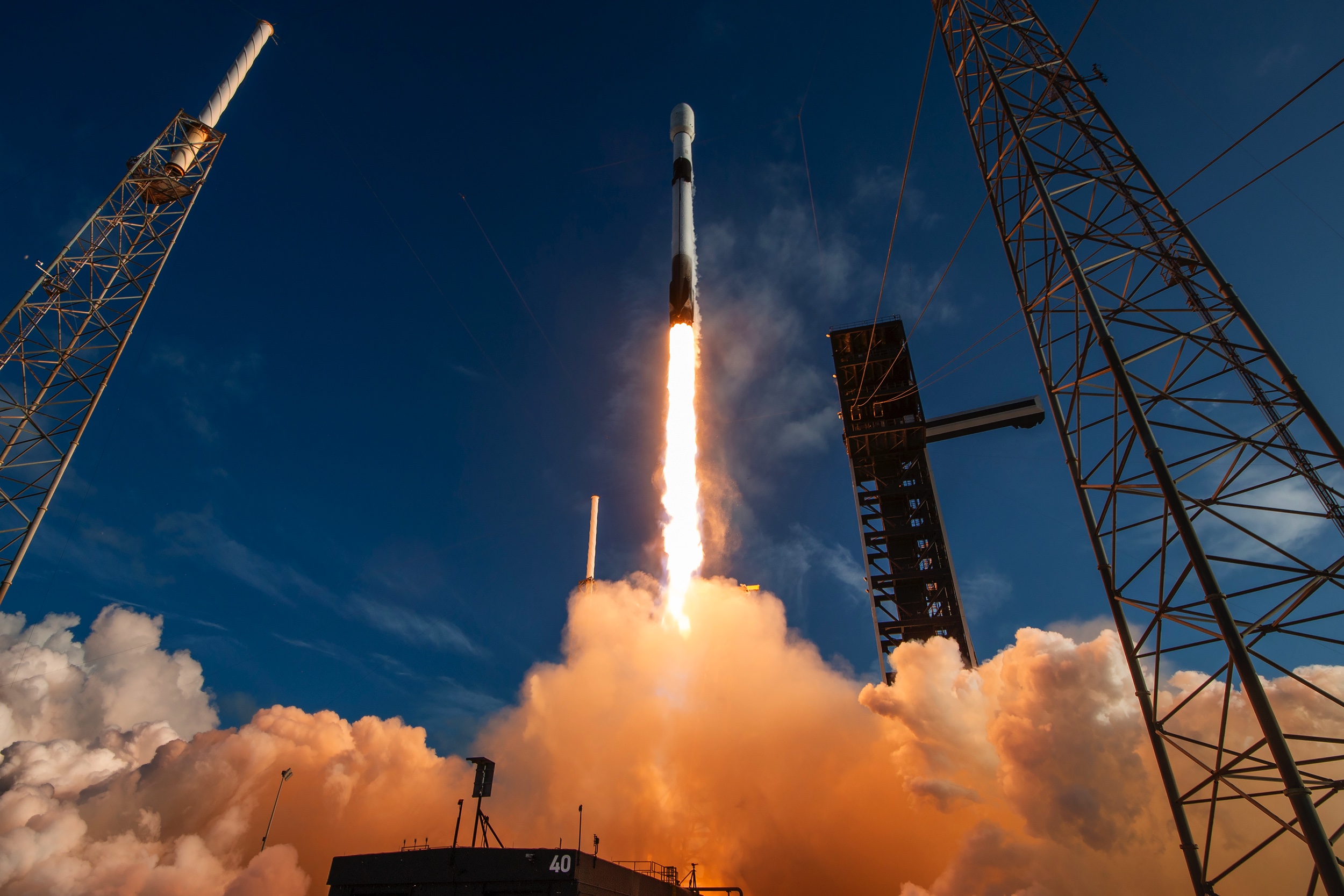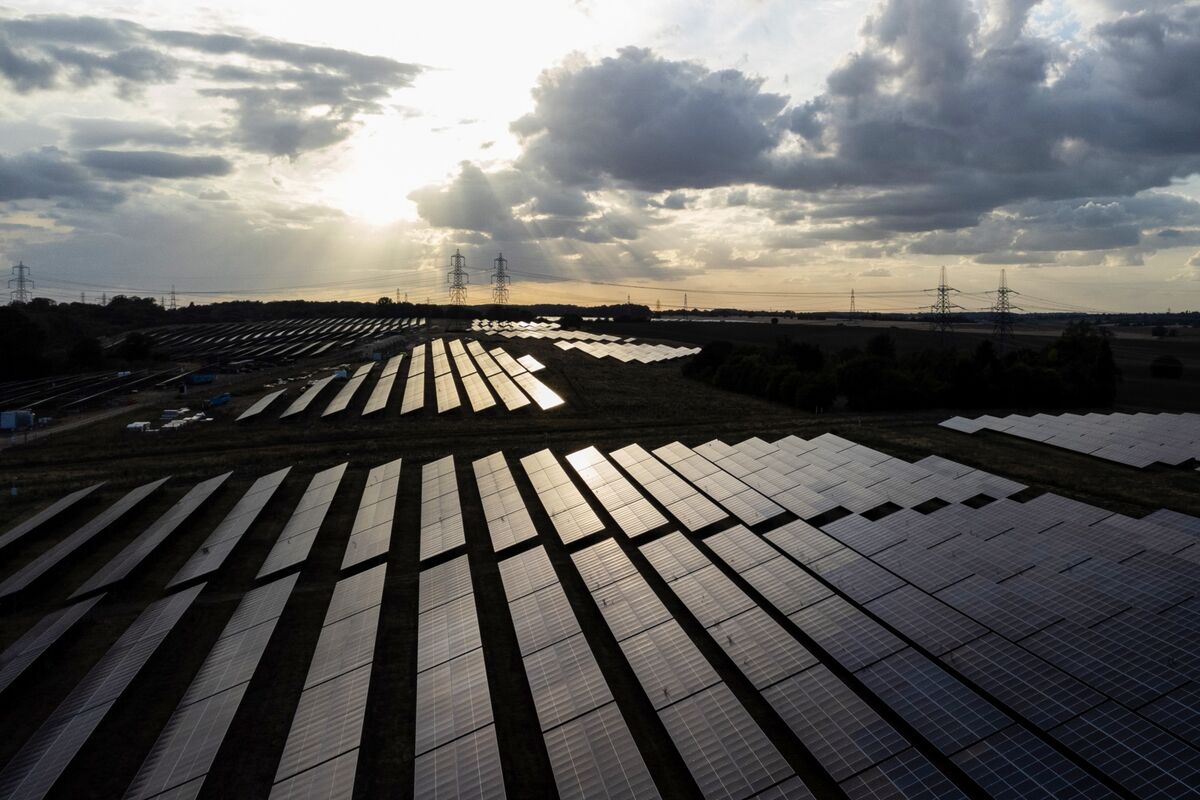Scientists went hunting for freshwater deep beneath the Atlantic Ocean. What they found could have global implications

By Laura Paddison, CNN
(CNN) — This summer scientists drilled deep below the Atlantic Ocean off the coast of northeastern US and tapped into a huge, mysterious reservoir of freshwater — what they discovered could have big implications for a world grappling with an increasingly severe water crisis.
The existence of freshwater beneath the Atlantic has been known for decades, but it had remained virtually unexplored. In the 1960s and 70s, scientific expeditions and companies drilling the ocean for resources such as oil would sometimes hit fresh water.
Then, in 2019, scientists from Woods Hole Oceanographic Institution and Columbia University announced a “surprising discovery.” Using electromagnetic waves, they had mapped a gigantic swath of fresh water below the ocean, stretching along the shore from Massachusetts to New Jersey, and possibly farther.
“It appears to be the largest such formation yet found in the world,” the scientists said in a statement at the time.
It raised big questions: how did it get there? How old is the water? Is it being replenished? And, importantly: Could coastal aquifers like this provide a new freshwater resource for a thirsty world? The vast reservoir off the US coast is just one of many believed to be hidden under the world’s oceans.
A team of international scientists, part of a project called Expedition 501, decided to look for answers — that meant drilling directly into the aquifer.
In May, they set sail from Bridgeport, Connecticut, on a ship equipped with a drilling rig. They spent three months offshore, probing between around 1,000 to 1,300 feet beneath the sea floor at different locations to pull up sediments and water samples.
They discovered water with salt content well below sea water and around the level at which US and international agencies advise for drinkable water. It’s now being sent for lab testing to determine what kind of microbes it contains and how safe it might be for drinking.
Another mystery to unravel is the age of the water. It could be 200 years old, it could be 20,000 years old, said Brandon Dugan, a geophysics professor at the Colorado School of Mines and a leader on the expedition.
The presence of younger water would suggest the reserve is being replenished; older water would indicate it’s a finite resource that is not recharging. They should have the answers in around six months, Dugan said.
The scientists will also run tests to determine the water’s origin — it may have come from a melting glacier or from rain.
“We think that the freshwater got there thousands of years ago, when sea level was much lower and the continental shelf was exposed on land,” said Holly Michael, a professor of Earth sciences and civil and environmental engineering at the University of Delaware, who was part of the expedition.
Knowing the origin will help reveal “how these systems have evolved over time,” Dugan said. Scientists can then apply this understanding to other areas where there is evidence of offshore freshwater aquifers, such as Indonesia, Australia and South Africa.
It will also help them figure out how these undersea freshwater resources are changing as global sea level rises, whether they are growing or shrinking.
“Answering these questions is important for predicting how we might use the water in the future,” Michael said.
The aquifer confirmed by the expedition appears vast, said Eric Attias, a research assistant professor at the Jackson School of Geosciences at the University of Texas at Austin, who was not involved in the project.
It could “contain enough fresh water to supply a metropolis the size of New York City for hundreds of years,” he told CNN, and raises hopes it could “alleviate shortages for coastal populations in the future.”
Nearly half the world’s population live within 60 miles of a coast and many rely on onshore aquifers — resources which are rapidly shrinking due to over-pumping and climate change impacts such as rising sea levels, which can contaminate groundwater.
“In the future, coastal water resources will only become more stressed,” Michael said, forcing communities to turn to other, more expensive sources of water, such as desalination. Undersea aquifers could be an alternative.
There are plenty of challenges to work through first, however. Water is heavy and bringing it up and transporting it to shore will potentially be very energy intensive and expensive, although Dugan suggests wind power could help. There’s the question of who will manage, treat and pay for the water, which will be pulled from federal waters before being sent to states and then cities.
Then there’s the technical challenge of ensuring the freshwater doesn’t get contaminated by the salty water that lies above and below it. Pumping could also lead to contamination of onshore aquifers if the two systems are connected, Attias said.
Tapping offshore groundwater “will be expensive, and it is not infinite,” Michael said. “Protecting the freshwater we have on land is still the best thing we can do. … Of course that doesn’t mean we shouldn’t look for alternate options, which is why we are doing this science.”
Dugan is optimistic about the potential. “All the pieces exist” it’s just a case of time, he said. He estimates it will take around 10 years before offshore aquifers could be properly tapped.
What the researchers glean over the next months could have global implications. Evidence suggests there are offshore freshwater reserves in every continent, Dugan said. “We can take what we’ve learned in this postage stamp of New England and start thinking about how it relates to other areas.”



